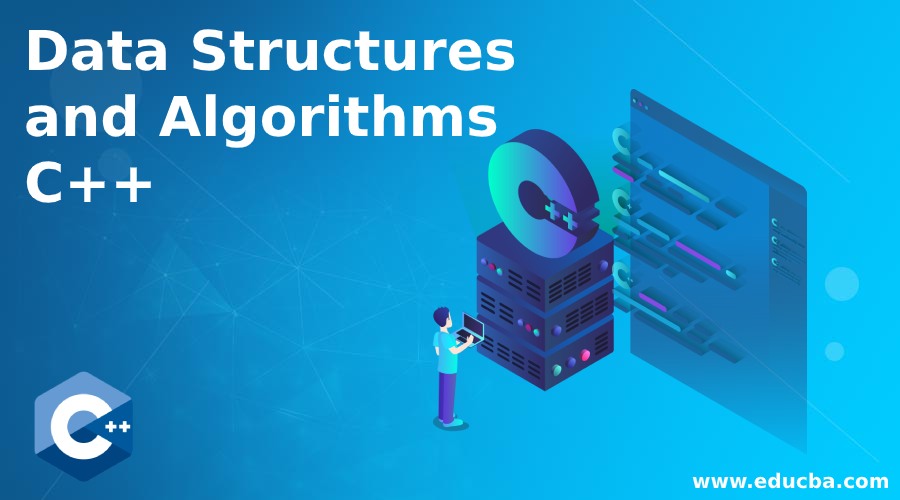
Learning data structures and algorithms is essential for becoming a proficient programmer, and C++ provides a powerful language to implement these concepts effectively. Here’s a guideline to help you get started with data structures and algorithms in C++:
1. **Basic C++ Proficiency:**
– Before diving into data structures and algorithms, ensure you have a solid understanding of C++ fundamentals, including syntax, functions, classes, and object-oriented programming.
2. **Complexity Analysis:**
– Learn about time and space complexity analysis. Understand Big O notation and how to analyze the efficiency of algorithms.
3. **Arrays and Strings:**
– Refresh your knowledge of arrays and strings in C++. These are the building blocks of many data structures and algorithms.
4. **Linked Lists:**
– Understand the concepts of singly linked lists, doubly linked lists, and circular linked lists. Implement basic operations like insertion, deletion, and traversal.
5. **Stacks and Queues:**
– Learn about stacks and queues and their implementations using arrays and linked lists. Explore common operations like push, pop, enqueue, and dequeue.
6. **Trees and Binary Trees:**
– Understand tree data structures and binary trees. Learn about traversals like in-order, pre-order, and post-order.
7. **Binary Search Trees (BST):**
– Explore BSTs and their operations like insertion, deletion, and searching. Understand balancing techniques like AVL trees and Red-Black trees.
8. **Heaps and Priority Queues:**
– Learn about binary heaps and how to use them to implement priority queues. Understand heap operations like insert, extract-min/max, and heapify.
9. **Hashing:**
– Understand hashing and hash tables. Learn about collision resolution techniques like separate chaining and open addressing.
10. **Graphs:**
– Explore graph representations (adjacency matrix, adjacency list) and common algorithms like depth-first search (DFS) and breadth-first search (BFS).
11. **Sorting Algorithms:**
– Study various sorting algorithms like Bubble Sort, Selection Sort, Insertion Sort, Merge Sort, Quick Sort, and Heap Sort. Compare their time complexities and best-use cases.
12. **Searching Algorithms:**
– Learn about searching algorithms like Linear Search, Binary Search, and Interpolation Search.
13. **Dynamic Programming:**
– Understand the concept of dynamic programming and how it optimizes solutions to subproblems. Study classic DP problems like Fibonacci series, Knapsack, and Longest Common Subsequence.
14. **Greedy Algorithms:**
– Learn about greedy algorithms and how they make locally optimal choices to reach a global optimum. Study classic problems like the Fractional Knapsack and Huffman Coding.
15. **Practice and Implementation:**
– Practice implementing data structures and algorithms in C++ to solidify your understanding. Leverage online coding platforms like LeetCode, HackerRank, or Codeforces to solve algorithmic challenges.
16. **Books and Online Resources:**
– Consider reading books on data structures and algorithms, such as “Introduction to Algorithms” by Cormen, Leiserson, Rivest, and Stein (CLRS), or “Data Structures and Algorithm Analysis in C++” by Mark Allen Weiss.
Remember that mastering data structures and algorithms takes time and practice. Start with simple problems and gradually move on to more complex ones. Regular practice and problem-solving will enhance your problem-solving skills and make you a more confident programmer in C++. Happy coding!